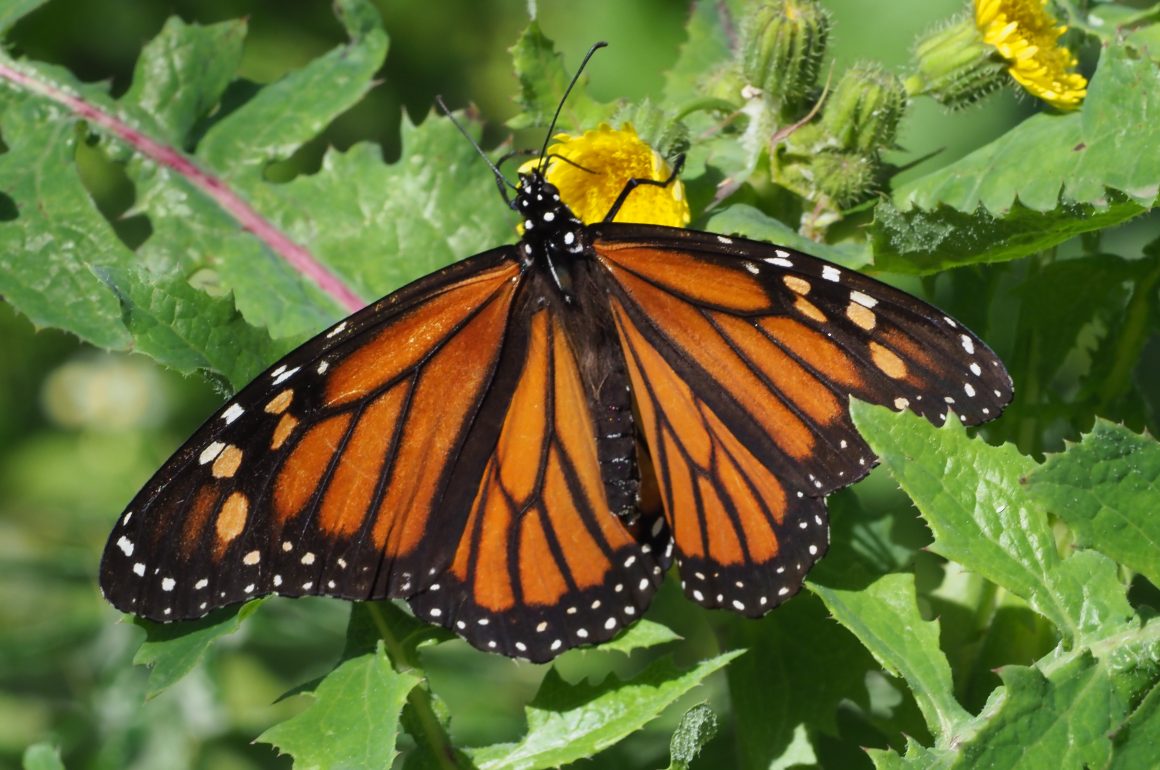
As we all know, butterflies like warmth and sunshine, so I didn’t expect to find many during my recent visit to Mallorca. I did manage to see nine species, which is nine more than I would have seen at home in England during the same period. Eight of these were butterflies I anticipated, such as Painted Lady, Red Admiral and Speckled Wood, but there was one big surprise: Monarch.
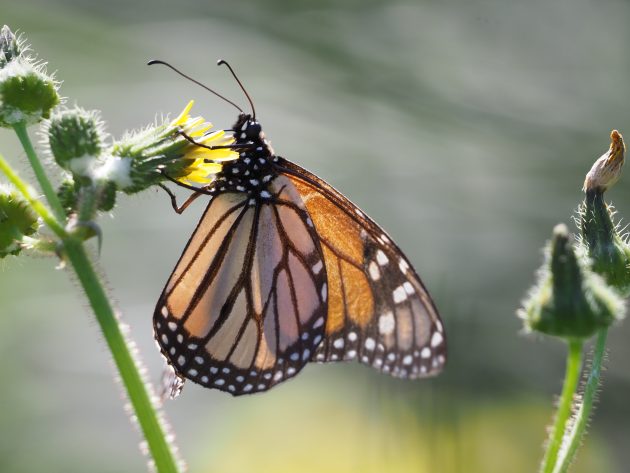
The Monarch is a North American species and strongly migratory. Trans-Atlantic crossings are quite within their capabilities, and the first British record was as long ago as 1876. It’s now usual for there to be several records every autumn, while some years see exceptional influxes: in 1999 there were over 300 sightings.
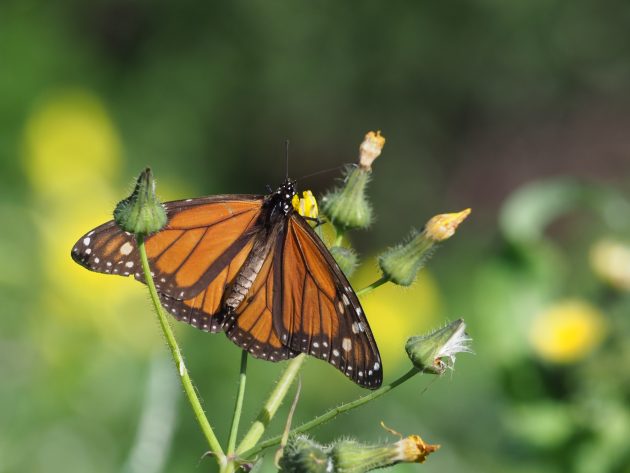
Interestingly, the first British record beats that in the Canary Islands, which was in 1880. They became well established in the Canaries during the 20th century, spreading east into Portugal and Southern Spain nearly 40 years ago. They are now quite common in coastal Andalucia, though I was disappointed to see only one during my last autumn visit there, in 2022.
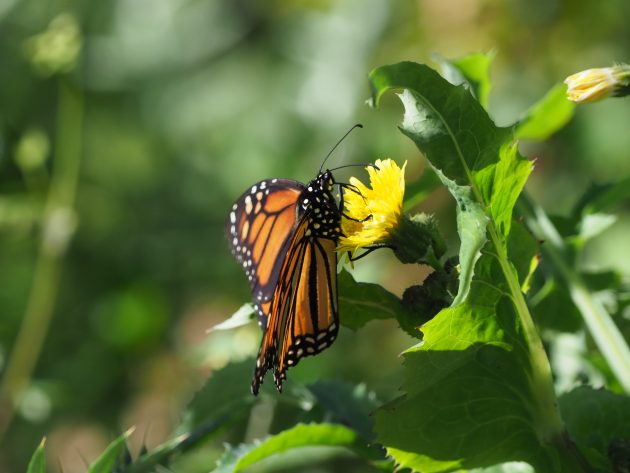
Despite my best efforts, I have failed to discover when they first arrived in Mallorca. I saw them at one place only, along a sheltered wooded stream not far from the town of Pollença, and close to the Tramuntana mountains. Here they were quite numerous, and I saw several during my time there. They might well occur at many other sites on the island, but this was the only location where I saw them.
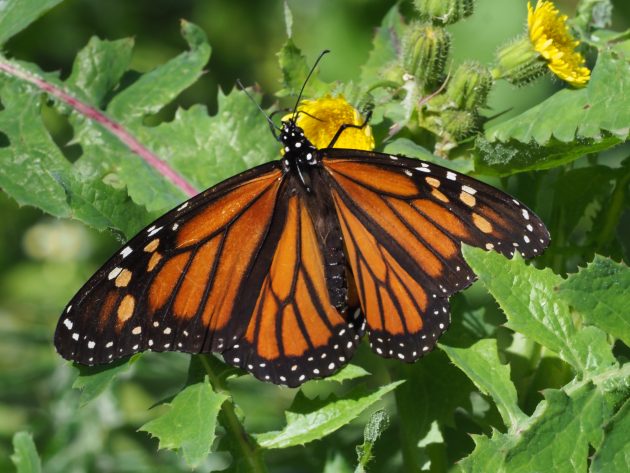
As the biggest butterfly to occur naturally in Europe, seeing a Monarch is always exciting. I had good sport trying to photograph them: I failed to get the perfect picture I was after, but it was fun trying.





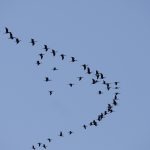
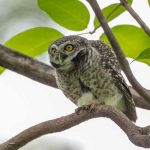
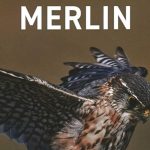
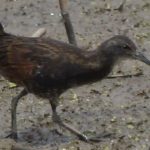

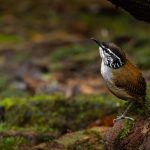

Learnt something: I didn’t realise monarchs had come here naturally. My apologies to the butterfly gardens I have false accused.
I didn’t know that about Monarchs. have a friend who tags Monarchs. She’s had a recovery in Mexico and she was excited by that. She would freak out if one of her tagged Monarchs made it to Europe. In Florida, I’m already seeing northward migrating Monarchs.